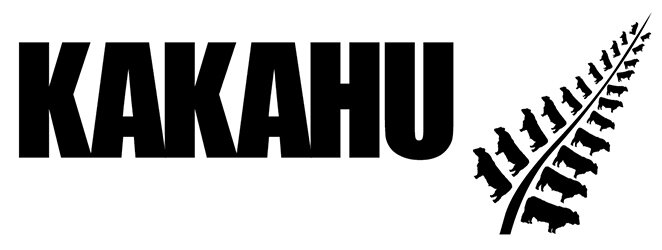Charolais growing quickly and easily
Charolais has gone “gangbusters” in the dairy industry, says Tom Hargreaves from Kakahu. “Dairy farmers like Charolais because the calves are colour marked and they are great once they hit the ground, growing quickly and easily,” he explains. “As long as the Charolais genetics used have low birth weight, Low Gestation Length and calving ease it's a great breed to put over dairy cows.”
Kakahu has a strong stance on aligning themselves with great reputable companies, and LIC is one they respect greatly, they currently have four Charolais bulls with LIC and are about to send another four. Tom says that LIC sold around 5000 Charolais straws per annum five years ago and today this number has grown to approximately 130,000. Tom is anticipating that Charolais genetics sold to the dairy industry could one day rival Hereford.
It was four years ago that Geraldine based Kakahu expanded into the dairy industry with the purchase of a dairy farm located next door. The 185ha unit milks 450 cows and complements the 1470ha drystock farm, which includes Charolais and Angus studs. The purpose of purchasing the dairy farm was to enhance Kakahu’s genetic programme, says Tom.
Embryo work is a focus, with around 120 embryo transfers completed annually, and the aim is to produce a high value calf to give value add to the dairy cow.
“We put embryos into our better end dairy cows and use sexed semen for the replacement heifers. Then all the other cows have an Angus or Charolais bull put over them and their calves are put into a beef-fattening unit to go into the high value market with Alliance. We also put an embryo into the BeefX heifers to get a calf from them before they head off to the works creates additional value. We are sitting at about a 96% hit rate for that high value meat for those cattle at 18-24 months old where the national average is around 38%. So our cattle are really hitting those premiums and the dairy farm is becoming a really viable part of our operation. We also get a milk cheque of course, which is really handy,” he adds with a smile.
Tom says no bobby calves is also the way the industry in general is heading. This will mean potentially another 1.5m extra calves on the ground just from Fonterra farmers alone so he believes this represents a huge opportunity for New Zealand selling grass fed antibiotic and hormone free high marbling product to the world. It’s no surprise then that Kakahu is seeing massive uptake in semen and bull sales from the dairy industry. The stud has two cattle sales a year, selling 100 Angus bulls and 20 Charolais bulls in June, and 60 Angus yearlings in October.
Tom, who is fourth generation on the farm, says succession was also part of the decision to purchase the dairy farm giving more options further down the track. Tom and wife Anna have two children: Francesca, 7 and Louie, 3.5.
The farm has been in the family for nearly 100 years. The Angus stud was started in 1954 by KH Hargreaves and now runs 600 cows and sells 250 bulls.
The Charolais stud was started in 2006 by Tom and father Gerald and now has 100 cows, selecting especially for good temperament, low birth weight, Low Gestation Length and calving ease as well as growth and carcass attributes.
The business also includes 3000 composite ewes and the farm fattens all lambs plus buys in 2500 lambs. Importantly the system is a 100% closed herd giving the family great control over its business.
Credit: Rural South / Waterford Press


